I am creating a power bank with 3000mAh 18650 cells in a 3S5P
configuration. This will give me 189Wh, 12.6v, and 15A.
Three series cells implies 4.2 volts per cell (12.6 volts ÷ 3) and, that isn't sustainable. It will rapidly reduce towards maybe 3.75 volts per cell then remain somewhat stable for a decent period: -

Image from Li-ion Voltage Analysis.
So, more realistically you should be using 3.75 volts to calculate power. Then, you should consider that anything close to removing most of the available charge is probably going to impact the lifetime of your power bank.
Depending on how you want to work this, you might only want to remove 60% of the energy available. You should definitely read the data sheets for the cells you are using and, decide what you can realistically achieve vs cell-longevity.
Your effective useful power output might only be 15 amps x 3 x 3.75 volts x 60% for instance. Probably something around 100 Wh but, like I said it depends on the cell and other information in its data sheet. You also need to factor in the buck conversion efficiency (if one is required).
Maybe read what The Battery University has to say about discharge rates and available charge for Lithium Ion power cells.
I found that it is (15A/1.821A) if there is no loss
You are using 15 amps load current and 1821 mAh inappropriately. The first is figure is current and the second is current x time --> it's a meaningless figure of "something" per hour.
